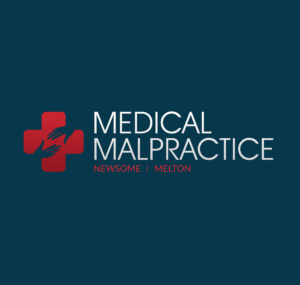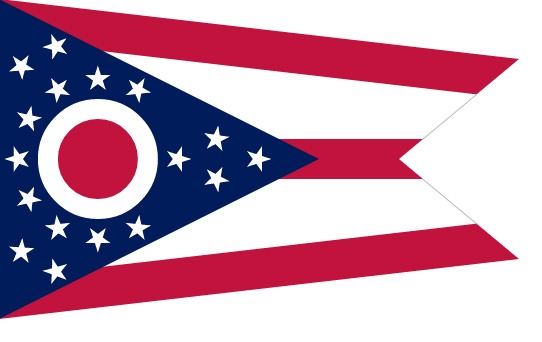Jump To:
As a result of the malpractice reforms that occurred in April 2003, Ohio’s medical malpractice laws have changed drastically. Ohio law states that legal action must be pursued within a year of the finding that negligence or malpractice occurred. A four-year statute of repose exists for claims that emerge out of acts or omissions on or after April 11, 2003. According to this law, action must be started within four years of the act or omission and within one year of finding.
Statute of Limitations
The statute of limitations in Ohio is within one year from the date when the injury first happened or within four years of discovering the injury. In terms of foreign objects, a case must be pursued within one year of finding the injury.
Damage Award Limits
Ohio law states that there are no limits on the amounts received for economic damages. The cap for non-economic damages is the larger amount of three monetary amounts, including $250,000, three times the total received for economic damages, which equates to upwards of $350,000 for each plaintiff or $500,000 for each incident.
Joint Defendant Liability
Corresponding liability for all defendants with the exception of occurrences in which the defendant is more than 50 percent at fault.
Expert Witnesses
According to Ohio law, it is a requirement that an expert witness is a licensed surgeon or doctor who is either teaching or practicing medicine in a clinical environment at least 75 percent of the time.
Comparative and Contributory Negligence
The plaintiff’s contributory fault only warrants recovery if it surpasses the combined fault of all other individuals involved and it does not matter if they are included in the claim. Alternatively, the recovery amount is lessened in an equivalent manner.
Several Liability
In Ohio, numerous defendants are held severally liable only if they were all involved in the resulting injury. Non-parties may be involved in this determination and it is equal to the percentage in which each defendant is at fault. Defendants who are more than 50 percent at fault and intentional tortfeasors can be held severally and jointly liable for economic damages.
Vicarious Liability
According to the doctrine of respondeat superior, a hospital can be held liable for wrongful acts carried out by its employees and according to estoppel, can be held liable for any physician’s negligence who is not employed by the hospital if the patient receives care from the hospital and not the physician.
Damage Caps
Non-economic damages are limited to the greater of either $250,000 or three times the amount received for economic damages, which equals to an amount of $350,000 for each plaintiff and no more than $500,000 for each incident. These numbers are raised to $500,000 for each plaintiff and $1 million for each incident if a physical deformity such as loss of a limb, organ or permanent disability that prohibits self-care has occurred.
Ohio - News Articles

When Lisa Ellis went into labor with her first child on April 26, 2001, Matthew Ellis, her husband, was ready. He quickly packed the car and rushed his wife and unborn son into the Aultman Hospital in Canton, Ohio. Lisa had a difficult delivery. Her son’s head was facing in the wrong direction and her
Read More
David Robinson was just 35-years-old when he found blood in his stool. He decided to visit a clinic, staffed by the American Health Network, a private physician group practice that operates in more than 70 offices in Indiana and Ohio. According to a medical malpractice lawsuit, filed on behalf of Robinson, because of the physician
Read More
